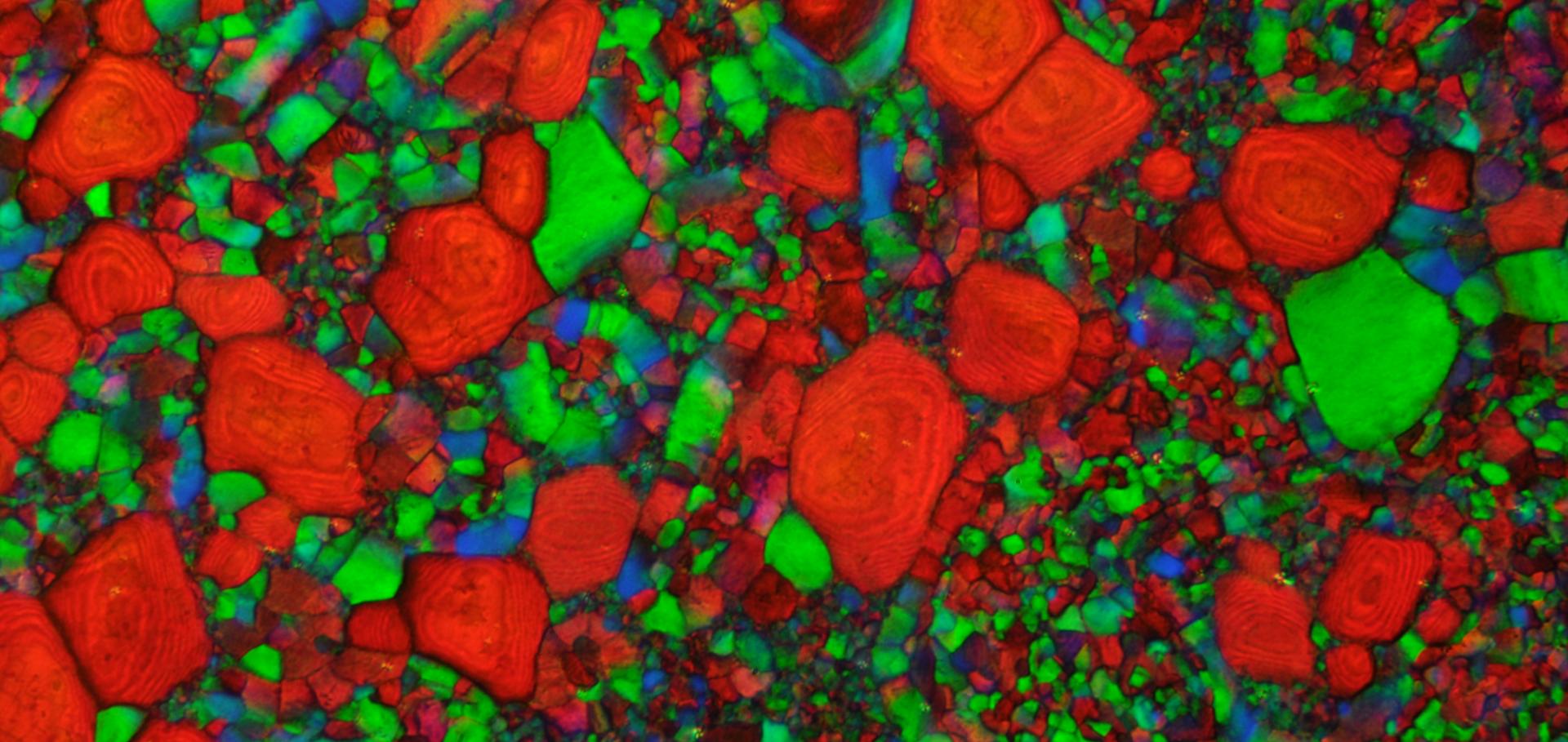Limits to Electrical Mobility in Lead-Halide Perovskite Semiconductors
(2021)
Charge-carrier mobility and localization in semiconducting CU2AGBiI6 for photovoltaic applications
ACS Energy Letters American Chemical Society 6:5 (2021) 1729-1739
Abstract:
Lead-free silver–bismuth semiconductors have become increasingly popular materials for optoelectronic applications, building upon the success of lead halide perovskites. In these materials, charge-lattice couplings fundamentally determine charge transport, critically affecting device performance. In this study, we investigate the optoelectronic properties of the recently discovered lead-free semiconductor Cu2AgBiI6 using temperature-dependent photoluminescence, absorption, and optical-pump terahertz-probe spectroscopy. We report ultrafast charge-carrier localization effects, evident from sharp THz photoconductivity decays occurring within a few picoseconds after excitation and a rise in intensity with decreasing temperature of long-lived, highly Stokes-shifted photoluminescence. We conclude that charge carriers in Cu2AgBiI6 are subject to strong charge-lattice coupling. However, such small polarons still exhibit mobilities in excess of 1 cm2 V–1 s–1 at room temperature because of low energetic barriers to formation and transport. Together with a low exciton binding energy of ∼29 meV and a direct band gap near 2.1 eV, these findings highlight Cu2AgBiI6 as an attractive lead-free material for photovoltaic applications.Limits to electrical mobility in lead-halide perovskite semiconductors
Journal of Physical Chemistry Letters American Chemical Society 12:14 (2021) 3607-3617
Abstract:
Semiconducting polycrystalline thin films are cheap to produce and can be deposited on flexible substrates, yet high-performance electronic devices usually utilize single-crystal semiconductors, owing to their superior charge-carrier mobilities and longer diffusion lengths. Here we show that the electrical performance of polycrystalline films of metal-halide perovskites (MHPs) approaches that of single crystals at room temperature. Combining temperature-dependent terahertz conductivity measurements and ab initio calculations we uncover a complete picture of the origins of charge-carrier scattering in single crystals and polycrystalline films of CH3NH3PbI3. We show that Fröhlich scattering of charge carriers with multiple phonon modes is the dominant mechanism limiting mobility, with grain-boundary scattering further reducing mobility in polycrystalline films. We reconcile the large discrepancy in charge-carrier diffusion lengths between single crystals and films by considering photon reabsorption. Thus, polycrystalline films of MHPs offer great promise for devices beyond solar cells, including light-emitting diodes and modulators.Highly absorbing lead-free semiconductor Cu2AgBiI6 for photovoltaic applications from the quaternary CuI-AgI-BiI3 phase space
Journal of the American Chemical Society American Chemical Society 143:10 (2021) 3983-3992
Abstract:
Since the emergence of lead halide perovskites for photovoltaic research, there has been mounting effort in the search for alternative compounds with improved or complementary physical, chemical, or optoelectronic properties. Here, we report the discovery of Cu2AgBiI6: a stable, inorganic, lead-free wide-band-gap semiconductor, well suited for use in lead-free tandem photovoltaics. We measure a very high absorption coefficient of 1.0 × 105 cm–1 near the absorption onset, several times that of CH3NH3PbI3. Solution-processed Cu2AgBiI6 thin films show a direct band gap of 2.06(1) eV, an exciton binding energy of 25 meV, a substantial charge-carrier mobility (1.7 cm2 V–1 s–1), a long photoluminescence lifetime (33 ns), and a relatively small Stokes shift between absorption and emission. Crucially, we solve the structure of the first quaternary compound in the phase space among CuI, AgI and BiI3. The structure includes both tetrahedral and octahedral species which are open to compositional tuning and chemical substitution to further enhance properties. Since the proposed double-perovskite Cs2AgBiI6 thin films have not been synthesized to date, Cu2AgBiI6 is a valuable example of a stable Ag+/Bi3+ octahedral motif in a close-packed iodide sublattice that is accessed via the enhanced chemical diversity of the quaternary phase space.Charge‐carrier trapping and radiative recombination in metal halide perovskite semiconductors
Advanced Functional Materials Wiley 30:42 (2020) 2004312


